sood1992
TPF Noob!
- Joined
- Nov 15, 2011
- Messages
- 35
- Reaction score
- 13
- Location
- India
- Can others edit my Photos
- Photos OK to edit
The most important aspect of Concert Photography is to freeze motion properly without any motion blur and get perfectly exposed pictures. This post will guide you through steps on how to be a better Concert Photographer.
Guide to Concert Photography
Guide to Concert Photography


![[No title]](/data/xfmg/thumbnail/35/35586-d552a369f369a1796256b9df897a8d91.jpg?1619737061)
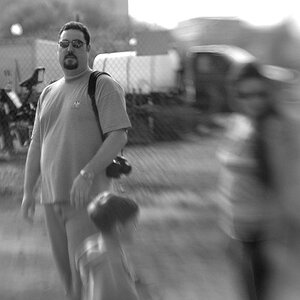
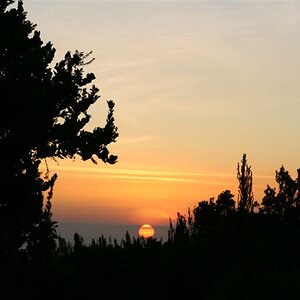
![[No title]](/data/xfmg/thumbnail/31/31742-596f6bbc60b2ba7fed2cd25f5aacf41c.jpg?1619734985)
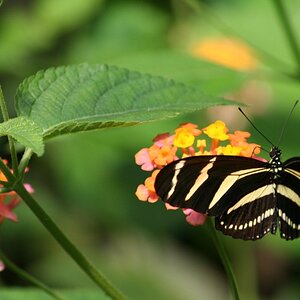
![[No title]](/data/xfmg/thumbnail/31/31747-2e2e2bda16938a6a1d5fd6120c558293.jpg?1619734987)

![[No title]](/data/xfmg/thumbnail/31/31744-f06a1a9bb9c74e3b8b332878f5fe71f1.jpg?1619734986)
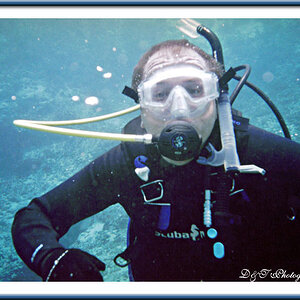
![[No title]](/data/xfmg/thumbnail/31/31743-3b294ee78fc71e7bfc025b01eafb0c2d.jpg?1619734986)
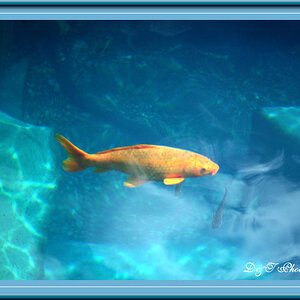
![[No title]](/data/xfmg/thumbnail/31/31012-f5e0c7cdea2f2c3e44737e3f61c2461a.jpg?1619734567)